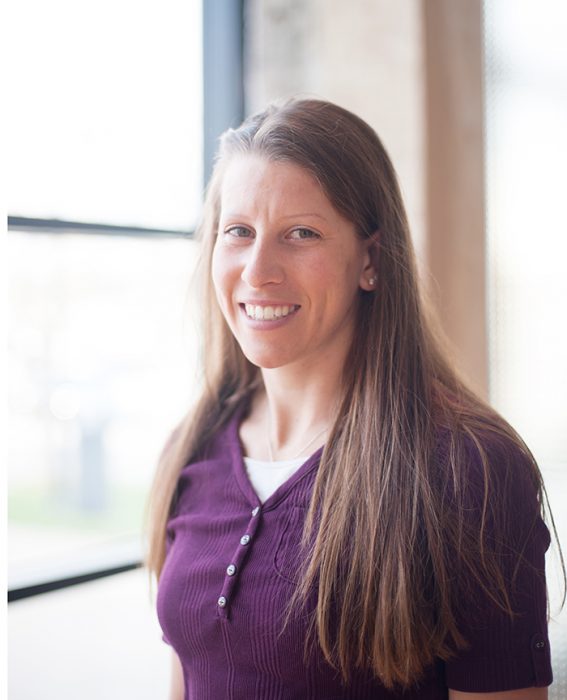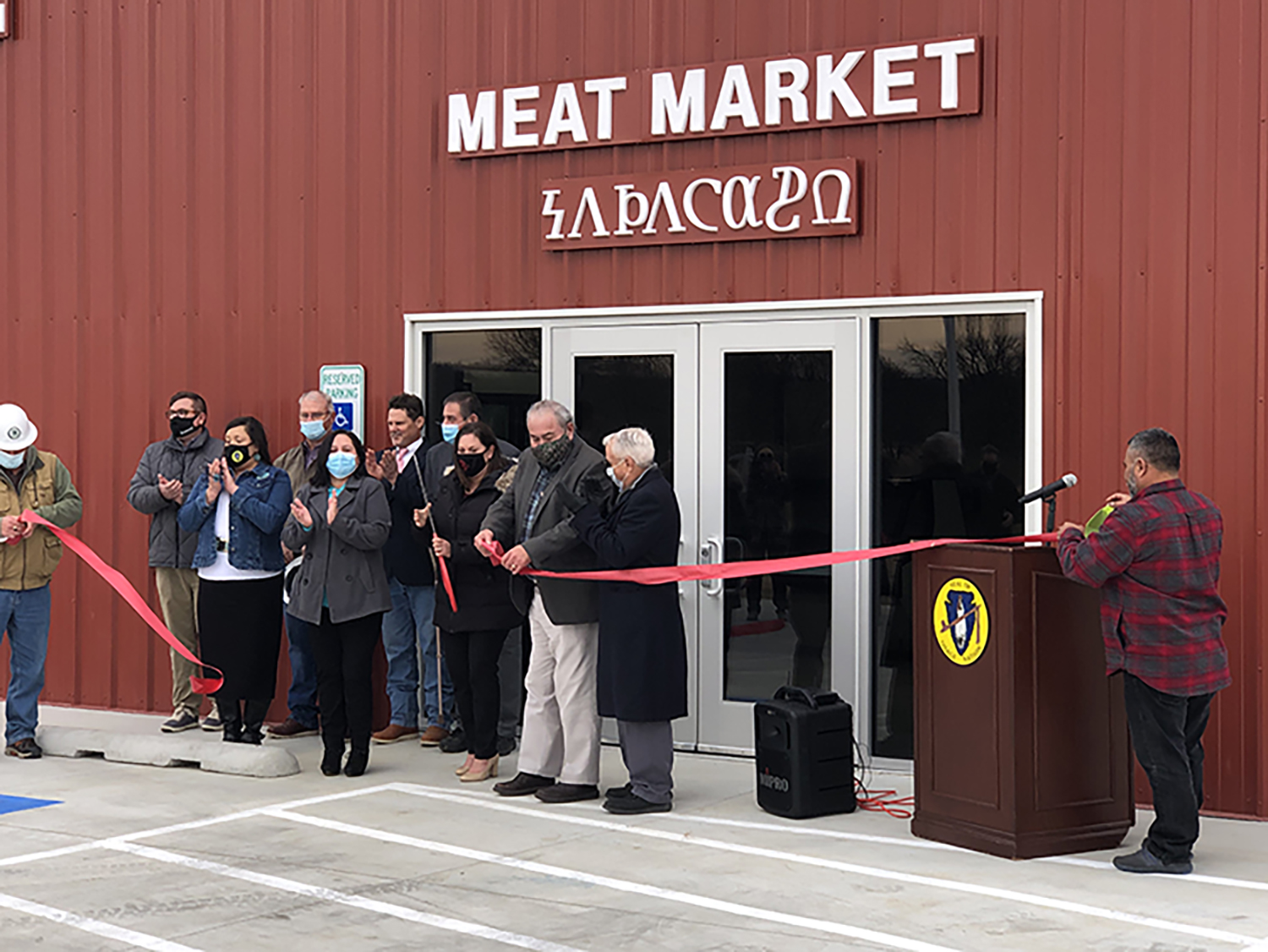When the pandemic began affecting our grocery shopping last spring, most people experienced relatively minor inconveniences ranging from fewer options in the bacon aisle to empty toilet paper shelves. However, for some, the impact was much more severe.
The broken supply chains and closure of meat packing plants due to Covid 19 compounded on issues such as unemployment and stay at home orders. For the first time, some people were experiencing food insecurity, or the inability to access enough affordable, healthy food to sustain their households. For others, especially children, elderly or those in poverty or rural areas, the ongoing struggles to obtain food only worsened.
The Osage and Cherokee Nations saw this firsthand. The Nations ran into difficulties acquiring meat for their programs designed to feed children and elders. Additionally, many of their citizens live in rural food deserts, and their already-limited access to food, especially meat, was shrinking while prices were climbing. The Osage had a solution – 3,000 head of cattle at their fingertips at their ranch west of Pawhuska – but meat processing plants were backed up for months.
That’s why when the Coronavirus Aid, Relief, and Economic Security (CARES) Act provided $8 billion in aid to the sovereign nations, the Osage and Cherokee Nations knew what one of the main priorities for their portions of the funds would be: providing food security for their citizens. Plans immediately got underway for new food processing plants, greenhouses, food storage and distribution areas and more at sites across Oklahoma.
The catch? All CARES Act funds had to be used by the end of 2020, meaning that these new food facilities and processing plants had to be planned, built, and operational in a few short months.
Wallace Engineering has longstanding relationships with the Tribes and the construction and design teams who work with them. According to Wallace Project Leader Lance K Woolsey, PE, RA, because of these positive relationships, Builders Unlimited, the contractor for the Osage projects, and Blue River Architects, the project lead for the Cherokee projects, reached out directly to Wallace for help with these emergency design-build projects.
Ultimately, Wallace provided civil and structural services for almost 200,000 sf of buildings and facilities for the Osage and Cherokee Nations in four months’ time. Pre-engineered metal buildings were ordered in June, and construction started at the end of August. All design and construction services for these new facilities, as well as other smaller buildings and remodels, were completed on time by December 30th, as required.
For the Osage Nation, their chief project was a 19,000 sf meat processing facility in Hominy, OK. The facility will focus on processing beef and bison from the Osage ranch as well as game and livestock from Tribe members. This is the first meat processing plant owned by the Nation, and it will provide vital food security by reducing their reliance on outside supply chains and processing plants.
Additionally, the Osage added a 42,000 sf greenhouse and 44,000 sf multi-purpose building to Harvest Land (formerly Bird Creek Farms), a 74-acre farm facility for the Osage Nation in Pawhuska, Oklahoma. The greenhouses will provide produce all year round, and beans, squash, tomatoes and more are already sprouting. Furthermore, the multi-purpose building houses aquaponics systems that are designed to sustain fish and greens. The building also contains program spaces and food storage areas. These facilities further the sustainable goals of Harvest Land.
The Cherokee Nation initiated their own 12,000 sf meat processing plant in Tahlequah, Oklahoma. The Cherokee also used their funds to construct or remodel sites focused on PPE manufacturing, food storage and distribution and health care at at least ten locations throughout Oklahoma.
For now, the meat, produce and other goods and services associated with the CARES Act funded facilities will be solely for the Tribes’ members and cannot be sold commercially. However, in addition to establishing food sovereignty and other types of support for the Osage and Cherokee, the facilities afford opportunities for employment and skill building and eventually additional revenue, when the goods and services can be opened up to those outside the Tribes.
“[The facilities] will definitely provide a lot for the Native people and eventually for the areas surrounding them,” concluded Woolsey. “There’s really no politics to it. It’s all a humanitarian type thing, and we were fortunate to get involved and be a part.”



There are no comments.